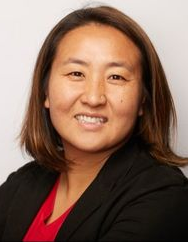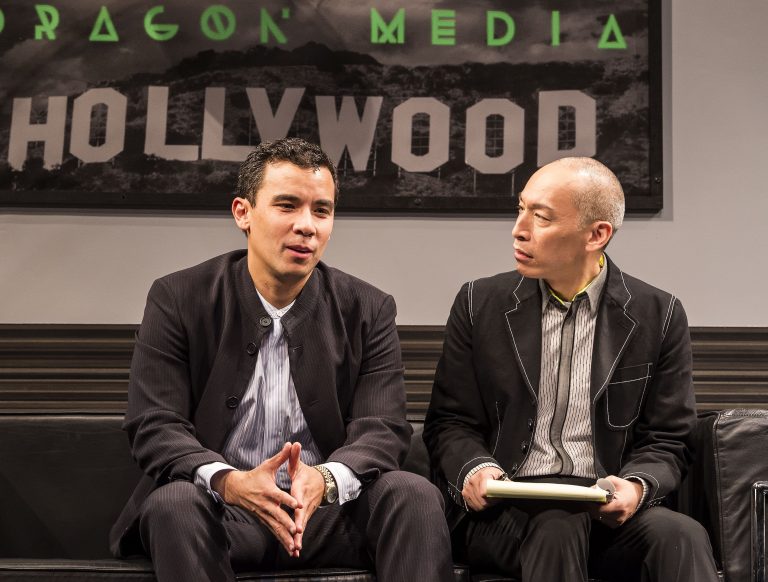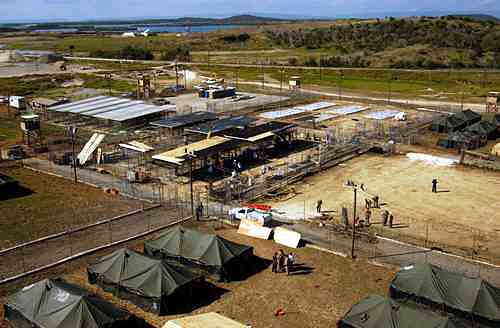Asian Americans are often lauded as a “model minority” that has achieved complete acceptance into American society. But silent and pervasive racism has shown that American identity was never meant to include people who look like me.
By Guest Contributor: Sung Yeon Choimorrow, Executive Director, NAPAWF
Throughout Asian Pacific American Heritage Month (APAHM), I have reflected on the stories I’ve heard about the deeply frustrating lack of visibility of Asian Americans and Pacific Islanders (AAPIs). While many Asian Americans are often referred to as “model minorities” whose stereotyped high achievements provide them a proxy to whiteness and American identity, this couldn’t be farther from the truth. We continue to suffer from microaggressions, are still seen as perpetual foreigners, and have repeatedly been denied the ability to shine beyond the stereotypes of our communities — which were shaped by decades of American history and foreign policy. So on the last day of APAHM, I’m still thinking about why we are still striving to figure out where and how we fit into the fabric of this country. Because oftentimes, we have to fight just to be seen as American.
On May 3rd, U.S. Secretary of Transportation Elaine Chao and her family received a rude awakening. Chao is a member of the Trump cabinet and married to the most powerful Republican in the Senate, Mitch McConnell, and she is the product of a successful immigrant family with its own rags-to-riches story. After immigrating to this country, Chao’s father built up a multi-million dollar business empire. Chao and her family are, as some might argue, “as American as it gets” in the eyes of conservatives. But when Don Blankenship, a West Virginia GOP Senate candidate, wanted to attack McConnell as an outsider, he perpetuated the ugly message America has given immigrants for centuries in one sentence. He said McConnell’s “China family has given him tens of millions of dollars.”
When Blankenship referred to Chao’s family as “China people,” he reinforced the perpetual foreignness of Asian Americans. While he insisted he meant nothing by it, “China person” is a term that comes loaded with its own important historical context. Chao, who might be viewed as the epitome of model minority and a testament to American meritocracy, was bluntly reminded of her “otherness” when Blankenship referred to her father as a “wealthy China Person. It was a stark reminder that while she may think she’s reached the American elite, she has not. In the eyes of traditional America, she’ll always be considered a “foreigner.”
The American promise, as most Asian Americans might see it, is centered around economic prosperity. You achieve status by working hard and making money. But it is also equally about race. The implied promise is that once you have obtained all the American markers of success, your ethnic identity blends into the melting pot. However, as most Asians know, the promise is a lie. In 2016, then-New York Times editor Michael Luo was confronted by a white woman who yelled for his family to “Go back to China!” The encounter left him wondering about his American identity and started a conversation many thought was resolved in the Asian American community. Despite Luo’s education and career success, the only thing that woman saw was his race. The issue is that no matter how hard AAPIs might work to advance in our careers and live the American middle and upper middle class life, we’ll never be seen as fully “American.” Why?
The appealing myth that AAPIs can truly be accepted as “American” if only we work hard enough is nonetheless based on a fallacy. We need to wake up and consider who is deemed truly “American” in this country. Whiteness is still considered a proxy for American identity. In a 2017 survey, 30 percent of Trump supporters said that having European heritage is an important part of what it means to be American. Moreover, with growing economic inequality across our country, it is simply becoming harder to out-earn the previous generation.
Despite all this, the ubiquitous “American promise” is a concept that is alive and well in the minds of many Asian American and Pacific Islander communities. If I had a dollar for every elder AAPI immigrant who has said, “I came to this country with $50 and a suitcase,” I’d be pretty rich. I myself could share in that narrative.
I first came to the United States as a college student with literally two suitcases and $500 to my name. Now, I’m the executive director at a national non-profit organization and live with much of the comfort that a solidly middle-class person can have. When I think about how my daughter is growing up, I realize she has access to opportunities and resources I could only have dreamed of. In some essence, many would say I have achieved my “American Dream.”
However, many often assume in conversation that I from somewhere different than my hometown of Chicago, Illinois. When people continue to ask, “No, where are you really from?” after commenting on my thick Chicago accent, I often feel as if I am being denied my American identity.
Many of us have our own stories like this, that are not even always as blatantly racist as Don Blankenship’s comment about Elaine Chao’s father being a “China Person.” Sometimes, it’s well-meaning people who insist on asking “where are you really from?” when that same question would never be asked of white Americans. For instance, many across social media noticed the expression on Constance Wu’s face when Ellen DeGeneres asked her where she was from. I’m not sure Ellen knew what she had just done, but along with Constance Wu, many AAPIs who saw that clip cringed a bit because that question has been asked so many times of us in a way that emphasizes our perpetual foreignness.
The American identity was not built for people who look like me. And to that end, really only white people are truly able to achieve it or have ownership over it, as the ones who created this concept. AAPIs need to take a hard look at ourselves and accept that no amount of college degrees, important careers, or economic success can ensure our inclusion in an American identity whose narrative we have been written out of since the beginning. Instead, we should look to ourselves to create a new, non-traditional dream for the AAPI community — one with a vision that includes building power with other communities of color.
It is time for me and others in the AAPI community to start defining what it means to be Asian American and Pacific Islander, rather than trying to assimilate and live into a illusion of the classic American story. For me, this means to embrace being an American in my very Korean way, regardless of what white America tells me is and is not American. This means working to normalize what it means to be Asian American rather than being embarrassed or trying to erase it from our families.

Sung Yeon Choimorrow is the executive director of the National Asian Pacific American Women’s Forum, the nation’s only organization dedicated to advocacy at the intersection of gender and racial justice for Asian American Pacific Islander women and girls. Sung Yeon is a Public Voices Fellow with the Op-Ed project.
Learn more about Reappropriate’s guest contributor program and submit your own writing here.



